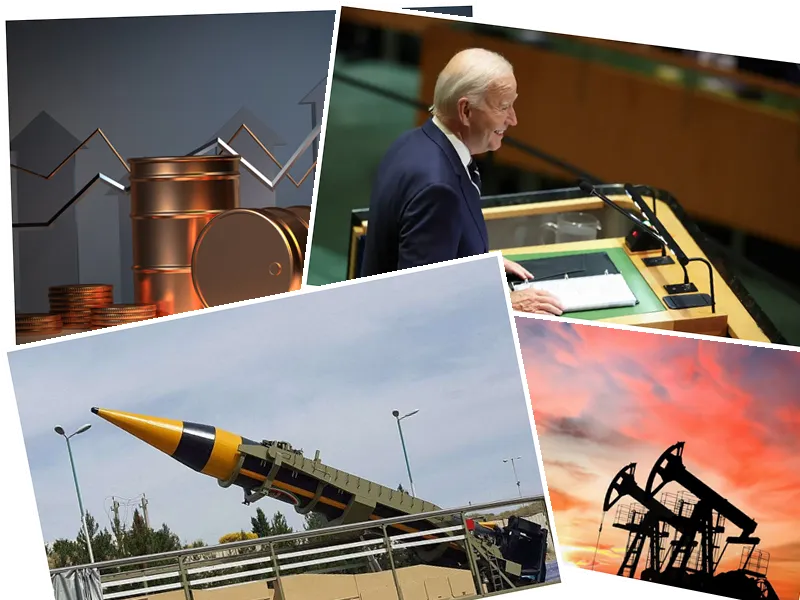The rise in oil prices can be attributed to geopolitical tensions in the Middle East, particularly the conflict involving Israel and Hezbollah, which has raised concerns over potential supply disruptions.
Gold's price increase reflects a flight to safety among investors amid political uncertainty surrounding the U.S. elections, highlighting the metal's role as a hedge against market volatility.
The strengthening of the dollar is linked to stronger-than-expected U.S. economic data, which has influenced investor perceptions of future interest rate adjustments.
If geopolitical tensions in the Middle East persist, oil prices may continue to rise, potentially impacting global markets and inflation rates.
Gold could remain a favored investment as long as uncertainties surrounding the U.S. elections and economic conditions linger, suggesting a potential for further price increases.
The outcome of the U.S. presidential election may significantly influence market trends, particularly in commodities and foreign exchange.
Oil and gold prices have seen a significant rise due to heightened tensions in the Middle East and the upcoming U.S. presidential elections. On October 24, Brent crude futures increased by 1.09% to $75.87 a barrel, while U.S. West Texas Intermediate (WTI) crude futures rose by 1.22% to $71.63 a barrel. This surge follows a week of losses driven by concerns over demand in China and supply disruptions from the Middle East. The U.S. Energy Information Administration reported a rise in crude inventories by 5.5 million barrels, exceeding expectations and indicating a potential easing of supply concerns. Meanwhile, gold prices reached a new high, driven by safe-haven demand amid political uncertainty, with spot gold rising to $2,733.43 an ounce and hitting a record high of $2,758.37 earlier this week. The dollar index also rose, supported by expectations of a slower pace of interest rate cuts from the Federal Reserve and growing confidence in a Trump victory in the upcoming election.





